Basal shoots of roses
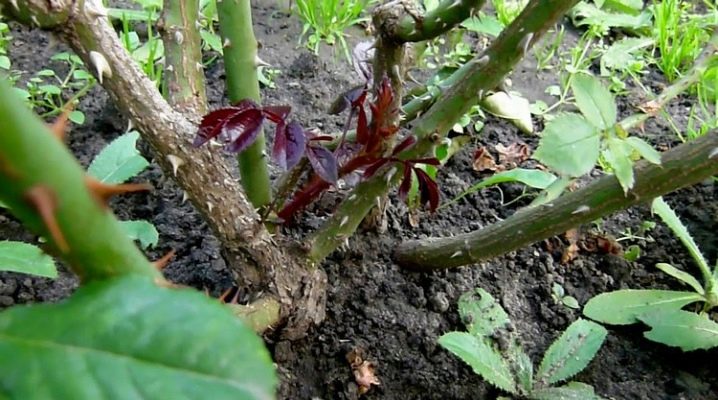
Basal shoots are a new root growth. It is these shoots that give the bush volume and fullness. The number and growth of basal shoots can be increased by special measures, and as a result, an impressive splendor can be achieved.
What it is?
Pink shoots, called basal shoots, are shoots from the root, more precisely, from the grafted part of the bush. The influence of basal processes on a rose bush is:
-
the formation of new stems;
-
regular rejuvenation of rose bushes;
-
dense filling of branches with buds, therefore, powerful flowering.
Not all basal shoots are capable of giving life to buds - some of them become wen, the rest are peduncles. Before carrying out a pinching event, it is necessary to carefully examine each branch to determine the presence of buds.
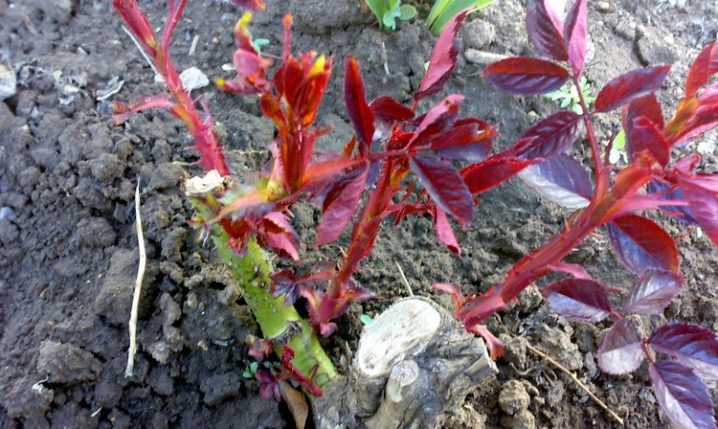
Growing a rose is a whole art, if not a science, because it is not for nothing that those who grow roses are called rose growers, not flower growers. The rose is called the queen of flowers for a reason. She is not only beautiful, but also capricious, like a true Infanta. It is impossible to get a full-fledged rosebush in all its splendor without paying special attention and care to the culture. It is not enough to simply fertilize, water and shelter for the winter. The rose requires special procedures, used only for her, and providing the bush with additional resources.

Pinching is one such event. In the middle lane, the optimal time for the procedure is late summer, early autumn. It is impossible to delay, the shoots must ripen before the onset of the winter cold. Those who previously believed that the bushes already grow beautifully, or, in general, did not know about the need for such an event, you need to understand its importance.
The presence of basal shoots significantly affects the volume and splendor of the bush, as well as the formation of a large number of buds. It is very important that the root shoots have time to mature before winter, so young stems should not have buds. If they are, you should wait until the end of flowering, then remove the inflorescences and leaves.
How to pinch?
Pinching, that is, removing the growth point, relieves the plant of the need to spend resources on the development of young stock, which is not needed. A ripe shoot overwinters well, in the spring new buds form on it, then buds and flowers. Many fully matured basal shoots give abundant flowering. The bush without pinching continues uncontrolled growth of new shoots until the end of autumn, thereby wasting vitality - most of them will still die in early spring.
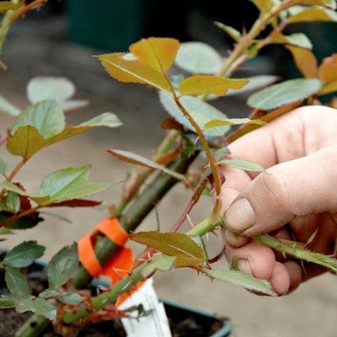
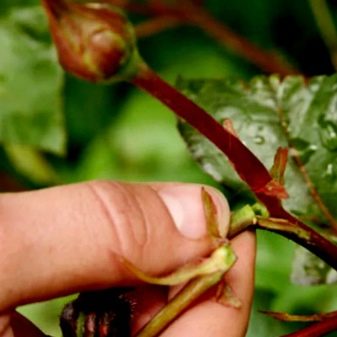
The unripe shoots should be pinched.
You can define them by several criteria:
-
shoots are elastic, flexible and not prone to breaking off;
-
a greenish cut of the stem looks and feels watery, too juicy;
-
branches and leaves are colored in reddish shades of varying degrees of intensity;
-
the strength of the thorns - an immature thorn cannot be broken off, it rather bends.
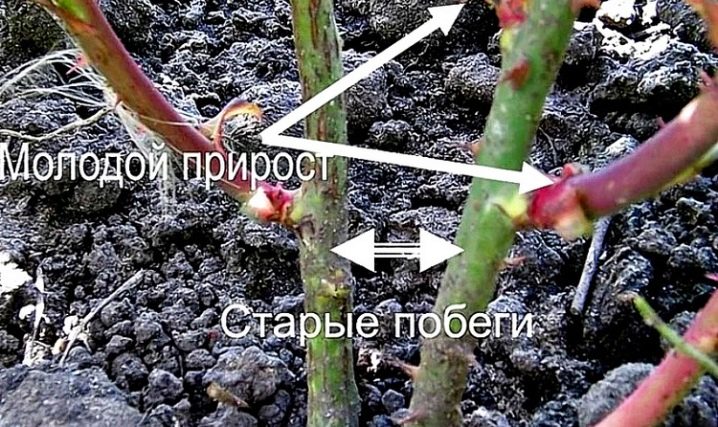
Shoots that have reached technical maturity are well distinguishable from immature ones:
-
stems and leaves are colored green;
-
the cut is white, the thorns become hard and brittle;
-
shoots are strong, lignified, bend and break with great difficulty.
Correct pinching is the removal of the upper part of the shoot, up to the second leaf, in August or early autumn. Cut off with a sharp secateurs, or simply break off the soft part.
At the end of the procedure, the bushes need feeding with potassium magnesium or potassium sulfate. The components of these formulations stimulate the regeneration processes and help the ripening of the remaining shoots by the beginning of the winter period.
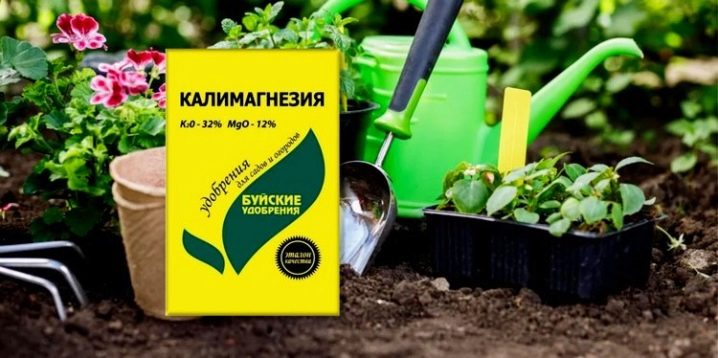
A climbing rose, unlike a bush rose, does not pinch. Basal shoots are left on them and bent to the ground. They endure winter frosts much more often, in spring they grow and grow buds. Those who have not overwintered, the weak and the sick are still subject to removal during sanitary pruning.
How to stimulate growth?
To achieve distillation, to increase the growth of renewal shoots, a set of measures is carried out. Performing these simple yet desirable procedures will ensure a lush bush will form and help induce profuse flowering.
-
Top dressing after pinching, which was mentioned in the previous section.
-
Formative pruning and close inspection of results after 1-2 weeks. During this time, the bush will recover from stress, and all the flaws will be clearly visible. If necessary, a second procedure is carried out.
-
Careful inspection of abandoned shoots for black spots, cracks and severe curvature. Such branches can develop further, but they will not give full flowering, and they consume nutrients. They must be removed.
-
A large number of basal shoots allows you to carry out anti-aging procedures: remove old stems, replacing them with new ones.
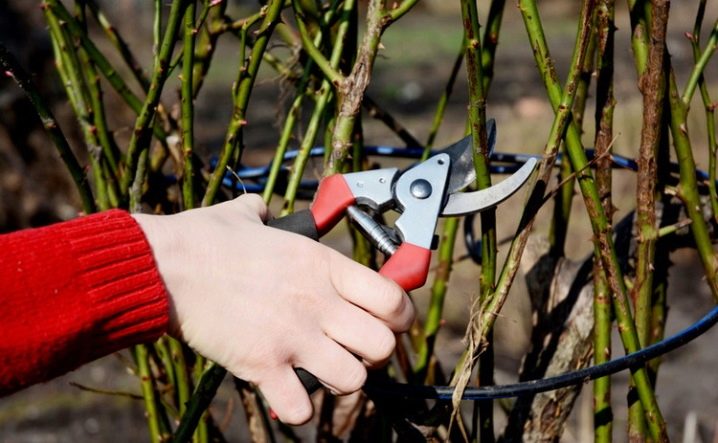
If all the "surgical" work is completed, it is time for the introduction of nutrients. After the initial feeding with nitrogen fertilizers, they wait 10 days, and the next stage is carried out. This time, they use specialized complex fertilizers with a balanced set of macro- and microelements. Standard consumption: 5 liters of diluted composition per 1 bush. The procedure is combined with watering.

































































































The comment was sent successfully.